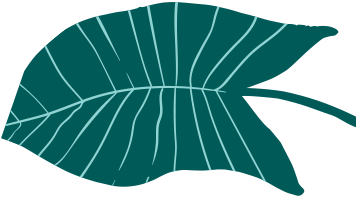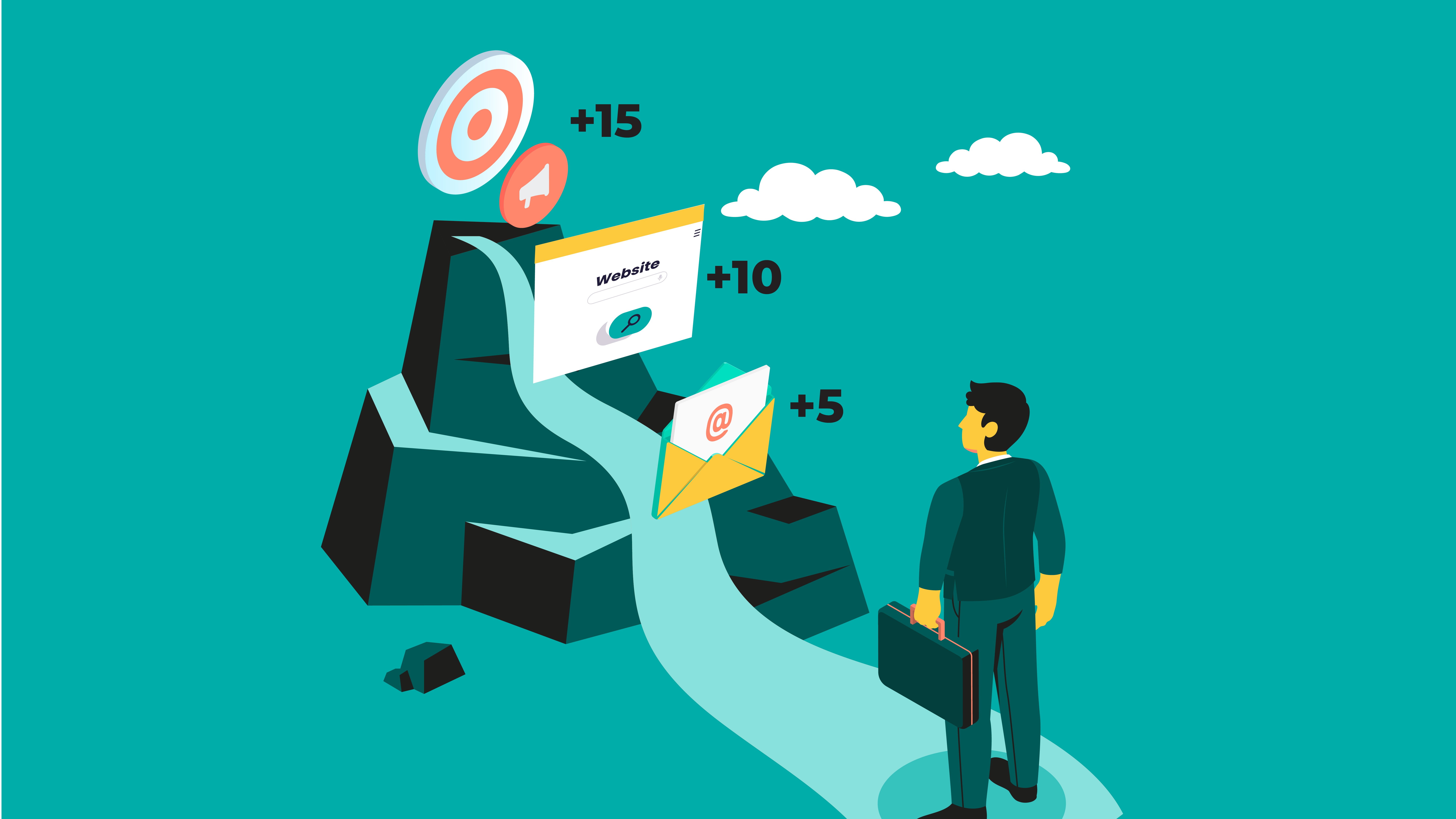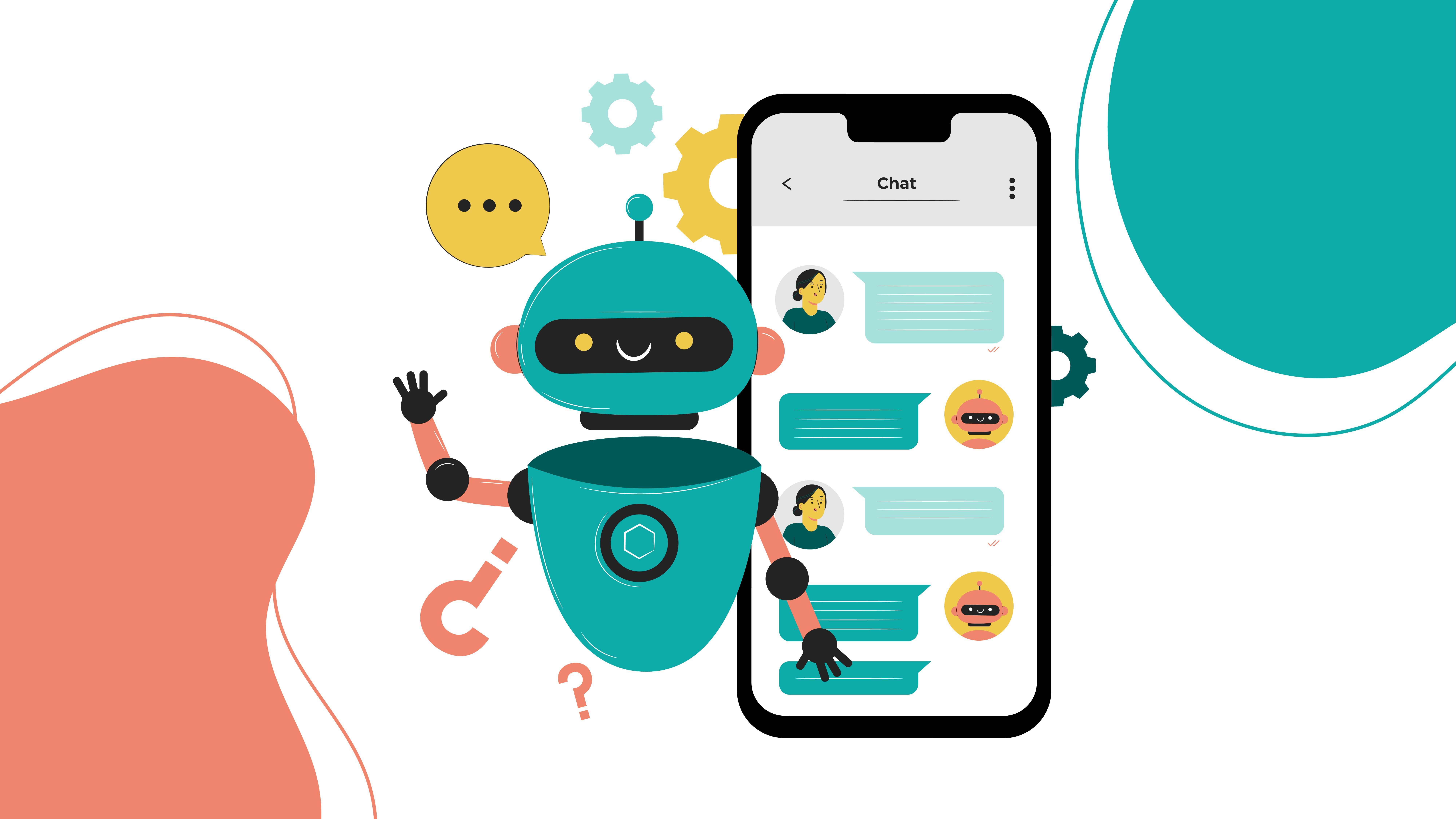
Lead Generation Services
Transcend Conventional Lead Gen: Unlock Dynamic Growth With Custom Tools and Targeted Strategies
Ever glance at a growth marketing agency's website and feel an all-too-familiar sense of déjà vu? Yep, they’re all using tired, cookie-cutter strategies to promise leads, conversions, and the perfect marketing funnel. But if everyone is doing the same thing, how can they help you stand out?
At FPS, we set ourselves apart by leveraging data and big ideas to directly solve your customer's individual pain points. Through unique, data-driven content and out-of-the-box strategies, we meet your audience where they are — and stick with them through every stage of the funnel.

We Make an Immediate, Positive Impact
We don't just act — we innovate. With agility at our core, we rapidly transform your lead generation strategy, ensuring not just more leads but the right leads from both paid and inbound marketing efforts. From crafting personas and mapping out buyers' journeys to designing conversion-optimized magnets and funnels, we've got it covered. Incorporating nurture campaigns, creating intricate workflows, and ensuring pristine CRM data, our strategy offers a comprehensive A-to-Z solution to amplify demand.
We Set You Up to Scale With CRM Support, Automation Programs, and Custom Tools
Nowadays, lead generation needs to move beyond just gated content. We surpass the traditional to supercharge lead gen with custom tools and automation — like our Business Name Generator for a client targeting small business owners, which alone raked in 40K-60K leads in one year.
We Push the Boundaries With Trendsetting Creativity
Whether it's leveraging social platforms for paid ads, conversion funnels, videos, and carousels, or embracing thought leadership via podcasts, our focus is always on engaging your audience with the best content that attracts them to your brand and converts them to leads. Plus, we take advantage of the latest trends and developments in tech — like LinkedIn and Instagram automation tools, influencer engagement tactics, and personalization strategies — to keep your company top-of-mind and ahead of your competitors.
We Don’t Just "Audit" — We Create a Plan AND Execute It
We're not about empty audits. We craft, we strategize, and most importantly, we act. From identifying potential in your funnel to ensuring qualified leads seamlessly transition to sales, we're hands-on every step of the way.
We Give You a Long-Term Growth Plan
We’re in it for the long haul. We’re on a constant quest to increase your lead volume, improve your lead-to-customer conversion rate, and help your company grow well into the future. By leveraging tools like HubSpot, we prioritize efficient CRM management and meticulously clean data. We dig deep to understand what works and what doesn't, leading to the development of a robust lead-scoring program that not only helps you manage and analyze incoming leads but also continuously optimizes your lead gen strategy. Our vision for you? A flourishing company with a pipeline that perpetually converts.


What Our Lead Generation Experts Can Do for You
Personas & Buyer Journeys Mapped to Content & Conversion Points
Lifecycle Stages & Funnel Building
Premium Content & Asset Optimization
Lead Gen Content & Conversion Audit
Paid Marketing for MOFU & BOFU Leads
Lead Magnet Creation
Custom Tool Development
Nurture Campaigns
Marketing Automation
Lead Scoring Models
CRM Setup & Data Maintenance
Reporting & Analytics

Our Process: Bespoke to Your Business & Your Goals
To understand the best growth marketing channels and strategy for your brand, we start with our Growth Scorecard. This helps us identify where you need support and what unique, specific content would best align with your goals.
Based on your Scorecard, we build your Revenue Acceleration Map, an easy-to-follow plan designed around three Growth Hubs — Attract, Convert, and Accelerate — that bring qualified traffic to your site, improve conversion rates, and increase your revenue. Pretty awesome, right?
How Lead Generation Is Integrated Into Our Growth Hubs
Attract Hub
We use a combo of classic techniques and groundbreaking approaches to ensure you're center-stage for your target audience.
We finesse websites, content, CTAs, forms, and workflows to capture the attention of those valuable leads. This isn't just about leads — it's about crafting a journey from top-of-funnel curiosity to bottom-of-funnel commitment.
Convert Hub
Meet your potential customers where they are and when they're ready.
We supercharge your conversion campaigns using channels perfectly tuned to your brand, from email automation and SMS to search retargeting and even good old direct mail — for an approach that’s seamless, targeted, and effective.
Accelerate Hub
We're in the business of scaling successes. With automated workflows, lead scoring precision, and insights that cut to the core of sales readiness, we know what clicks.
Our strategies aren't static — we lay a rock-solid foundation with proven techniques, and then amplify with the freshest industry insights, tech advancements, and marketing trends.


Lead Generation Resources


